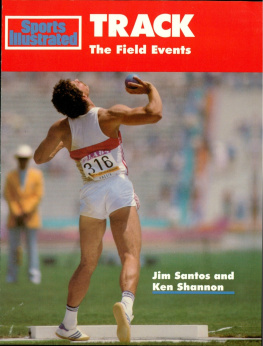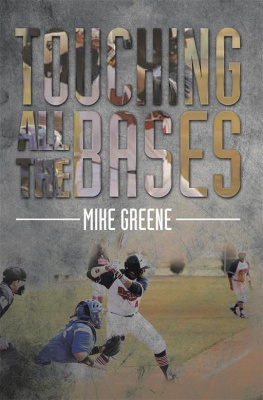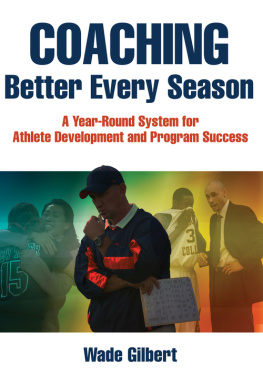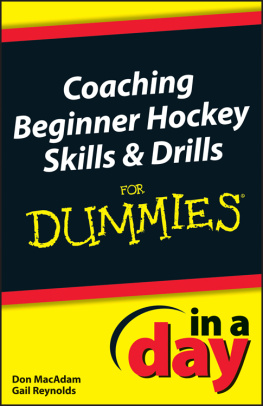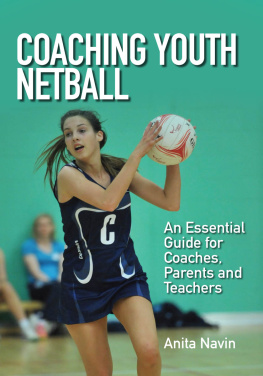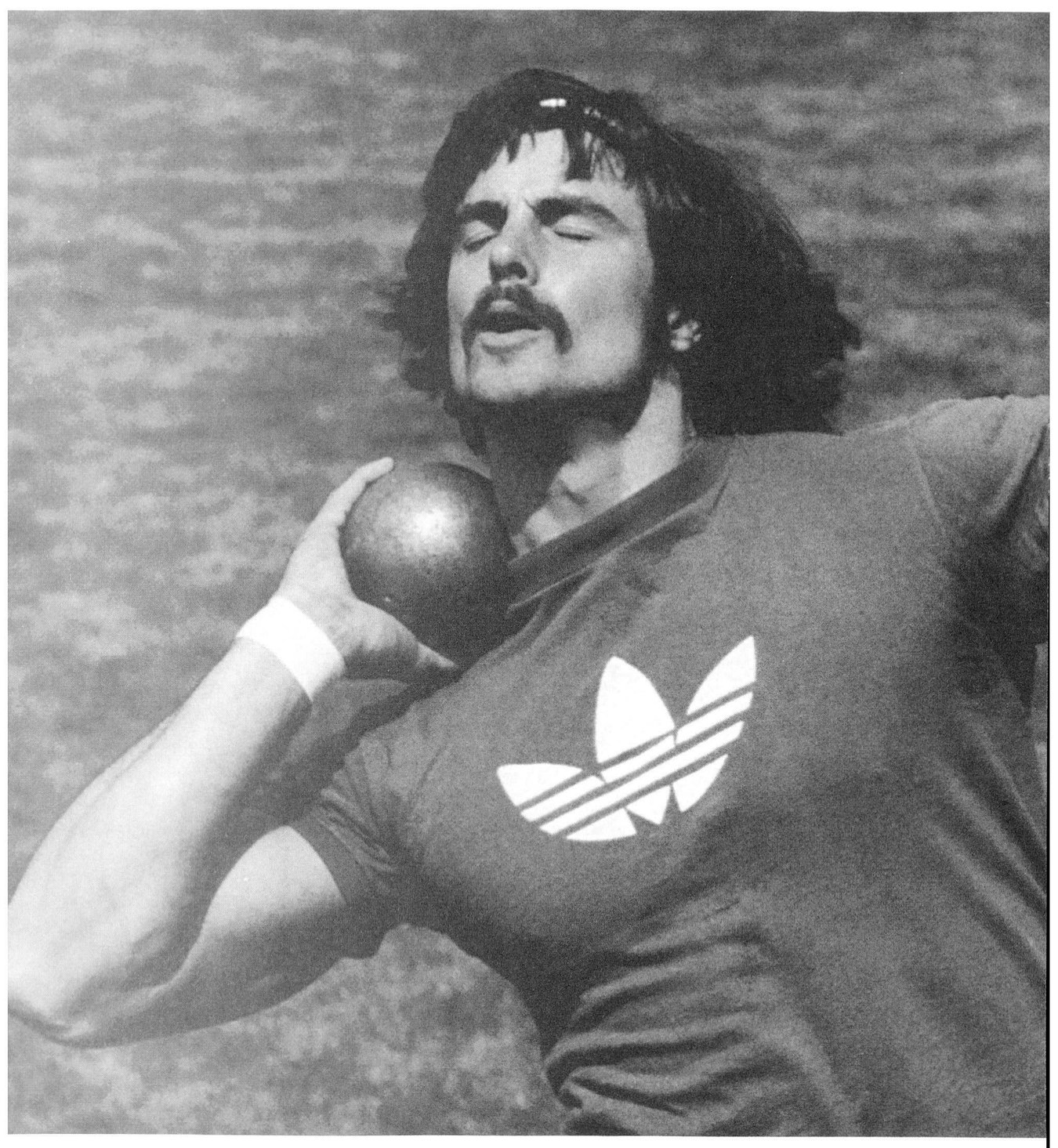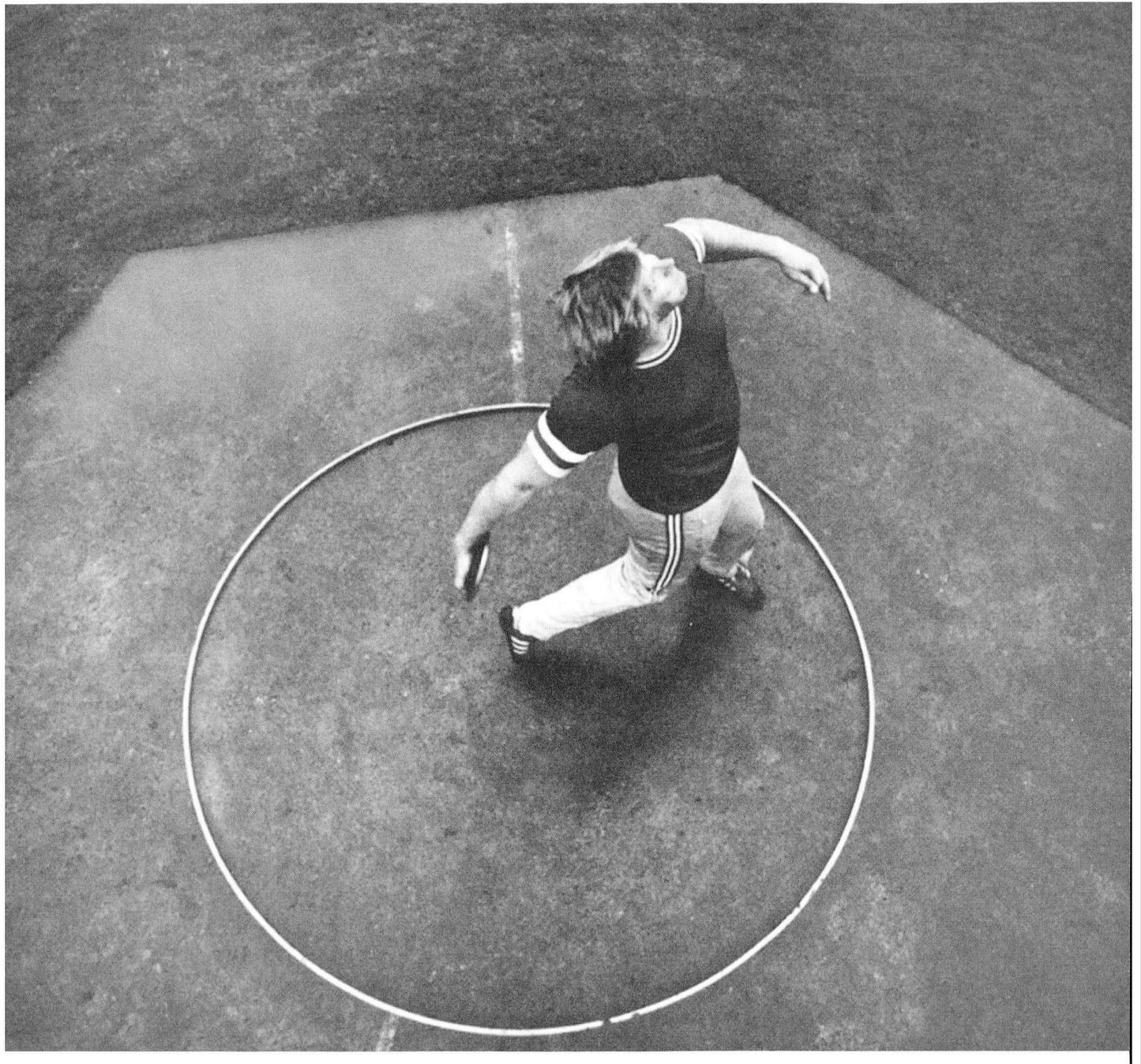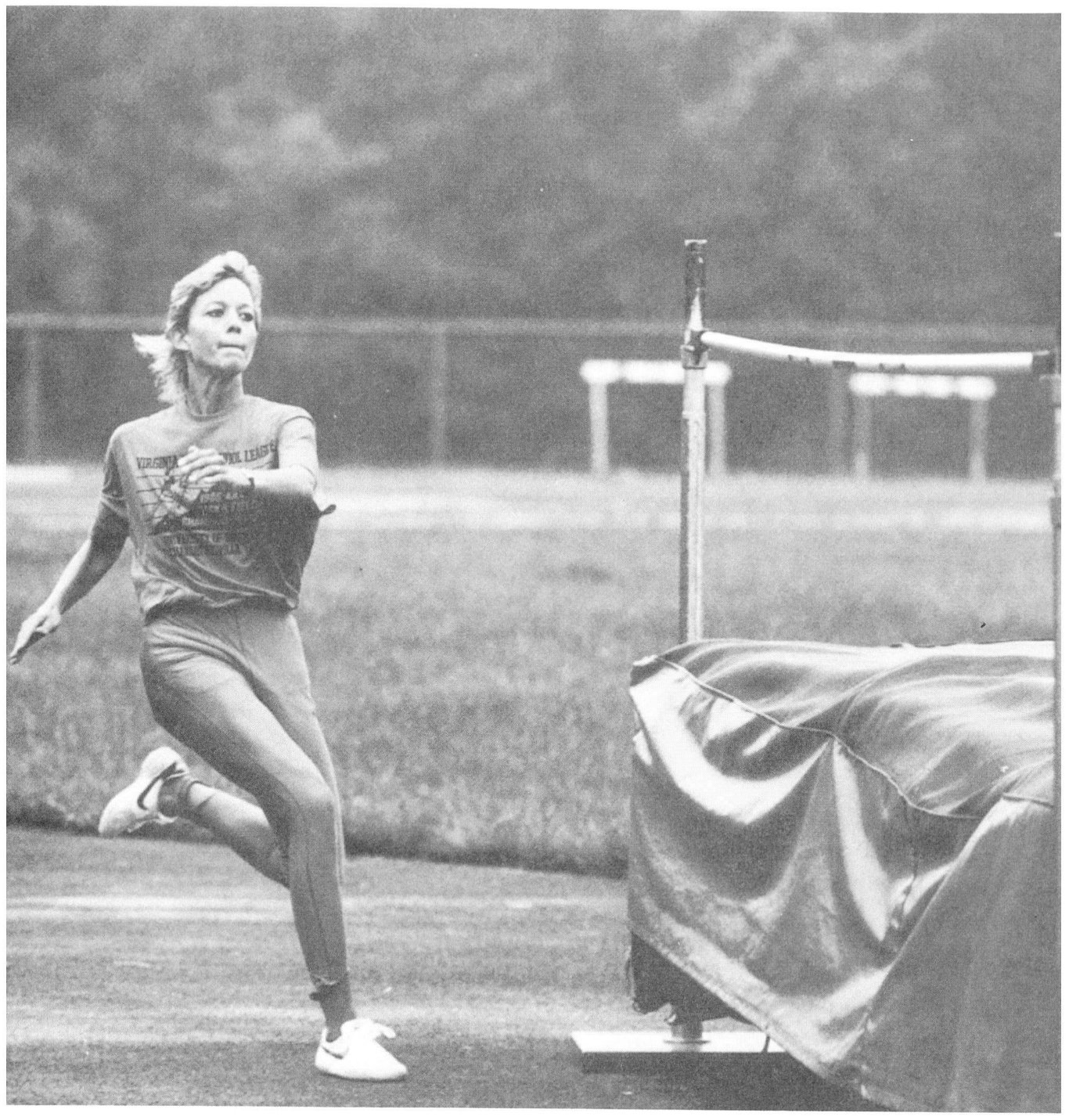Some Thoughts on Success in the Field Events
What is the secret to success? To self-confidence? To productivity? What is the difference between a winner and the rest of the pack? Dennis Waitley, in his book The Winners Edge, states that a winner is not the product of a privileged environment or a high I.Q., a superior education, or unusual talent. Nor is he or she a matter of luck! The key to success is simply attitude. It is up to coaches to set an example while helping their athletes work on the three ingredients for a successful attitude:
1. Be honest with yourself. Assume responsibility for your actions. You must take the credit or blame for your place in life. Our rewards depend entirely on our contributions! As an athlete this involves hard work, correct diet, enough rest for a disciplined schedule, and more. Be committed to your future, and start to consider the precise relationship of athletics to your overall life. Do you enjoy track and field? Good for you. But dont let other aspects of your lifeparticularly your educationfounder as you pursue an athletic dream. Do your best at both. Give your best to each.
2. Find your own gifts and then follow your own goals. Live according to your own deepest convictions and abilities, daring to be different yet respecting the rights of others. How will you know youve made the right choice? We believe that being committed to something such as track and field can help teach the passion and discipline required to help make a proper career choice! As running and throwing teach us every day: Do we ever know until we try?
3. Be able to adapt, and most important, be able to adapt to stress. A failure to adapt to stress has become the main cause for depression and drug and alcohol abuse in our society. We must be able to learn how to tolerate stress and not try to escape from it. Dennis Waitely advises that we must learn to accept the many stresses in our lives and view them as corrective feedback. This can be painful, but escapism is no answer.
Successful throwers and jumpers are honest about their talents, set realistic goals, and through self-discipline and hard work, achieve what they visualize for themselves.
Outstanding throwers and jumpers are self-motivated, goal-setting, hardworking, and realistic about their talents. Off the field, these traits serve them well in other endeavors.
Get control of your life.
Do not try to escape from reality.
Athletics in general, and track and field in particular, can be one of the greatest teachers about life and how to cope with it. In track and field, you are on your own; you cannot rely on a teammate to cover your mistakes in competition. Only you can perform for yourself; no one else can perform for you. A quality track-and-field experience can teach you:
Goal setting progressing from one level of excellence to the next.
Self - discipline learning to set standards for yourself in order to achieve your goals. This involves establishing training cycles, skill improvement tests, a regular daily training schedule, and a vision for what you wish to achieve.
A sense of reality coupled with an ability to dream a little. See yourself throwing the perfect throw; see yourself as a team captain, a school record holder, a state champion, an Olympic team member, oryes, the ultimatean Olympic gold medalist.
A sense of hard work. You have your plan; now how do you execute it? Simply by going to practice every day, doing your best, and working hard.
A quality track-and-field experience can also inspire in you a desire for a college education. And it can help you find a career, because it teaches you so much about yourself, particularly how you can depend on yourself.
Do you know what an affirmation is? An affirmation is a positive statement about yourself that may not be true when you make it, but indicates something you wish to be. It is our hope that you are now ready to make an affirmation to become a better jumper, thrower, or coach. The successful athletes we have coached all made affirmations of one kind or another at different stages in their careers. No doubt they are still making them today. Some have gone on to become doctors, teachers, scientists, lawyers, or engineers, and track and field helped them in the pursuit of their careers because it taught them to seek excellence in themselves, and it taught them discipline. No matter what future you desire for yourself, you must learn to be totally committed if you are to succeed! Track and field can help teach you this commitment, and we hope this book is a useful resource in your progress toward your highest goals.
Will and motivation in a jumper often count as much as innate athletic ability.
The Principles of Jumping
There are four competitive jumping eventsthe pole vault, the high jump, the long jump, and the triple jumpand certain basic principles are inherent in all of them; only the method of leaving the ground differentiates the jumps. An athletes ability to leave the ground at a given speed and at a specific angle are the two factors that separate the great jumpers from all the rest.
Should all jumpers have some basic speed? Yes. Must all jumpers be exceptionally fast? No. A jumpers ability to generate speed at the takeoff and to maintain good jumping technique through it is more important than blazing speed. For example, the long jumper who can hit the board at a good rate of speed and get into correct takeoff position will do much better than the jumper who is unusually fast but lacks good positioning technique at the takeoff. In general, being able to generate speed through the approach, into the takeoff, and off the takeoff foot is the key that can transform an average jumper into an exceptional one.
Agility is important for all jumpersnot just the vaulter, who must twist his body over the bar, but the triple jumper and high jumper as well. Once in the air, any jumper must be able to control his body in free flight, or all his previous effort will be wasted. Getting over the bar in the vault and the high jump, rotating the arms for extra distance in the long jump, and maintaining a good erect posture in the triple jump are all facets of the jumps that require sound technique and, ideally, a good dose of agility.

